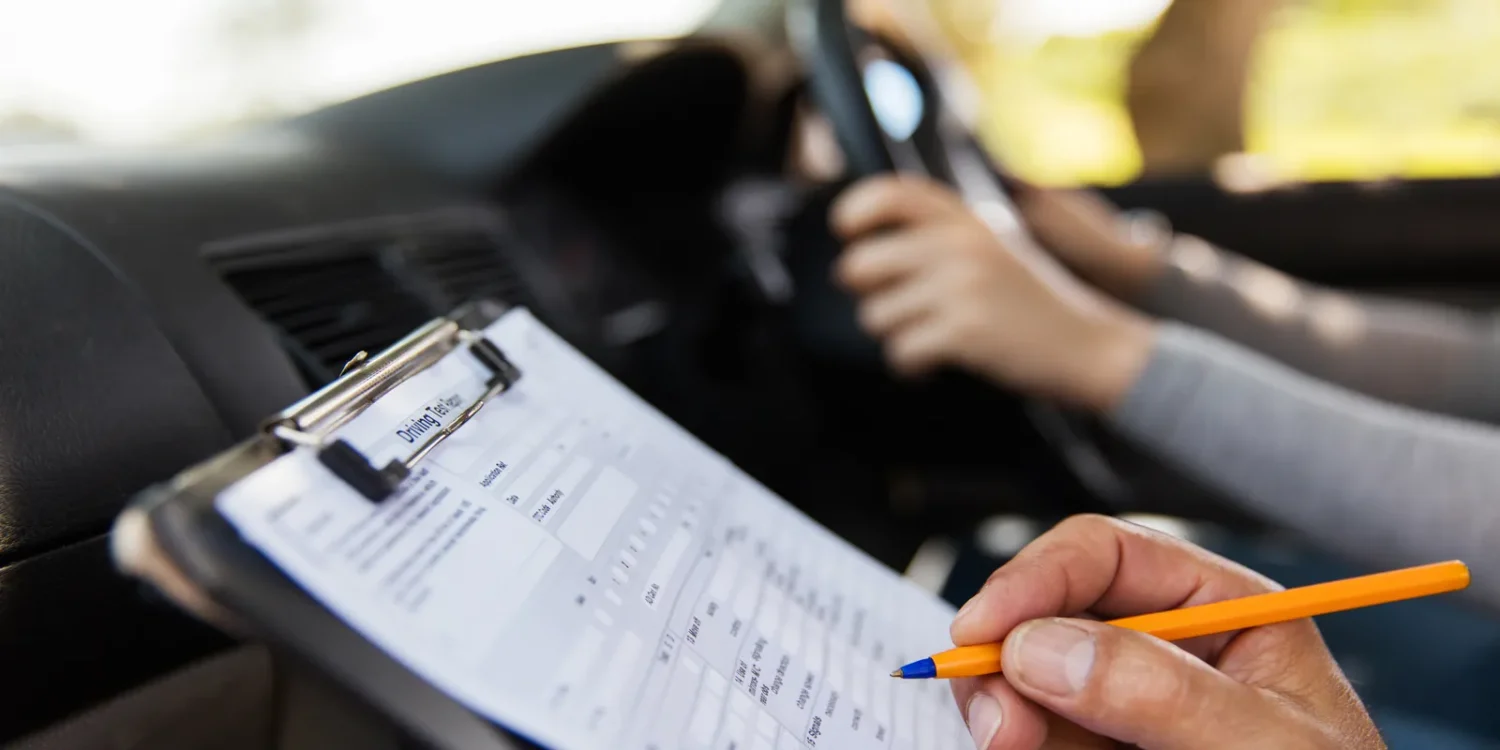In today’s fast-paced world, driving privileges are more than just a convenience; they are a component of personal freedom, economic opportunity, and mobility. For many, the ability to drive represents the means to earn a livelihood, maintain social connections, and accomplish day-to-day tasks, from grocery shopping to attending important life events.
However, the consequences of having a suspended license can be severe, casting a shadow over one’s sense of independence. Beyond the immediate inability to legally operate a vehicle, it can result in increased insurance premiums, hefty fines, and even job loss, depending on one’s profession.
This article discusses license suspension and the reinstatement process, with particular attention to SR22. Through understanding, preparation, and informed action, regaining your driving privileges can become a more attainable goal.
Understanding License Suspension
A license suspension is the temporary withdrawal of a driver’s privilege to operate a vehicle, typically due to violations of traffic laws or other related issues. This differs from a revocation, which is a complete termination of the license, often for more severe infractions or repeated offenses.
Cancellation voids the license, usually because it was issued in error or the driver is no longer eligible. In the U.S., license suspensions are more common than one might expect. Nearly 7% of drivers have experienced some form of license suspension or revocation.
Each state has different regulations and requirements so be sure to get accurate information that pertains to you.
The predominant reasons range from driving under the influence (DUI) to accumulating too many points from traffic violations, or failing to pay outstanding traffic fines.
Common Reasons for License Suspension

DUIs/DWIs
These terms refer to operating a vehicle while impaired by alcohol or drugs. The legal consequences include hefty fines, mandatory classes, and sometimes jail time.
Accumulation of Points
Most states operate on a point system, where traffic violations equate to points added to a driver’s record. Accumulate too many points within a specified period, and your license can be suspended. The threshold and duration vary by state.
Traffic Violations
Repeated traffic offenses, especially within a short span, can lead to license suspension.
Failure to Pay Fines or Appear in Court
Ignoring traffic tickets or missing court dates can result in license suspension. Address any outstanding fines promptly and attend all mandated court appearances.
Medical or Physical Disqualifications
Health conditions that impair driving ability, such as certain vision issues or neurological disorders, can lead to suspension. Regular medical check-ups and adhering to doctor’s advice can prevent such suspensions.
The Process of License Reinstatement

Timing
Generally, suspensions can last from a few months to several years, with DUIs often resulting in longer durations.
Reapplication
Once the suspension period ends, drivers usually need to reapply for their licenses. This process may involve providing proof of completing required courses, passing driving tests, or submitting other necessary documentation.
Fees
Reinstating a suspended license comes with fees, which differ from state to state. These can encompass administrative costs, testing fees, and sometimes additional fines related to the original suspension.
Defensive Driving Courses
Many states recommend or require drivers to complete defensive driving courses before reinstatement. These courses not only educate drivers on safe driving habits but can also reduce points on one’s driving record or even lower insurance premiums.
Probationary Period
After reinstatement, drivers might be placed on a probationary period, during which they must demonstrate responsible driving. Any infractions during this time could lead to further penalties or another suspension.
The SR22 Process

The SR22 is a certificate of financial responsibility. It verifies that the individual holds the minimum required auto insurance in their state, such as with Texas SR22 insurance. Often, it’s mandated for drivers who have had serious traffic offenses, such as DUIs, or for those who’ve been caught driving without valid insurance.
The SR22 serves as proof to the state’s Department of Motor Vehicles (DMV) that the driver is adequately insured and, therefore, financially responsible for potential liabilities on the road.
For those required to obtain an SR22, the process typically begins with contacting an insurance provider, who then files the SR22 on behalf of the driver. Costs can vary, but there’s often an initial filing fee, and the driver’s insurance premiums may increase due to the high-risk status associated with needing an SR22.
The duration for which one needs to maintain the SR22 varies but generally lasts about three years. It’s of utmost importance to maintain continuous coverage during this period. A lapse, even a brief one, can reset the clock on the SR22 requirement or lead to further suspensions.
Ensuring timely renewals and consistently keeping the certificate current is paramount to fulfilling the SR22 obligation and regaining full driving privileges.
Tips for Avoiding Future Suspensions
Avoiding future license suspensions hinges primarily on proactive and responsible behavior. Cultivating safe driving habits, such as obeying speed limits, avoiding distractions, and never driving under the influence, is paramount to preventing mishaps and violations.
For those with health concerns that could impact their driving, regular consultations with medical professionals and proactive management of conditions to ensure safety on the roads.
Lastly, addressing legal obligations promptly, be it paying fines or attending court dates, eliminates risks associated with administrative suspensions, helping maintain a clean driving record and uninterrupted driving privileges.
Regaining driving privileges after a suspension requires a clear understanding of the process, patience, and adherence to legal guidelines. By being proactive, well-informed, and committed to safe driving practices, individuals can avoid future suspensions.
The privilege to drive brings with it the responsibility to ensure safety and compliance on the roads for oneself and the larger community.
 Hi Boox Popular Magazine 2024
Hi Boox Popular Magazine 2024



